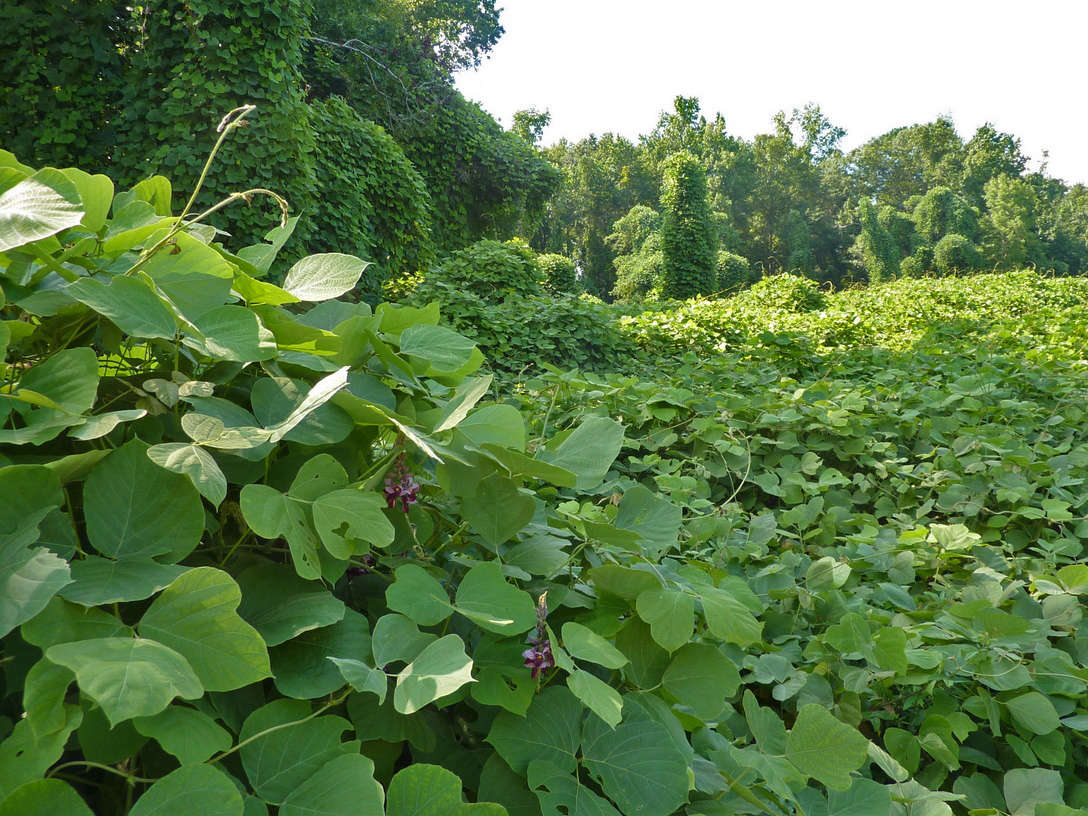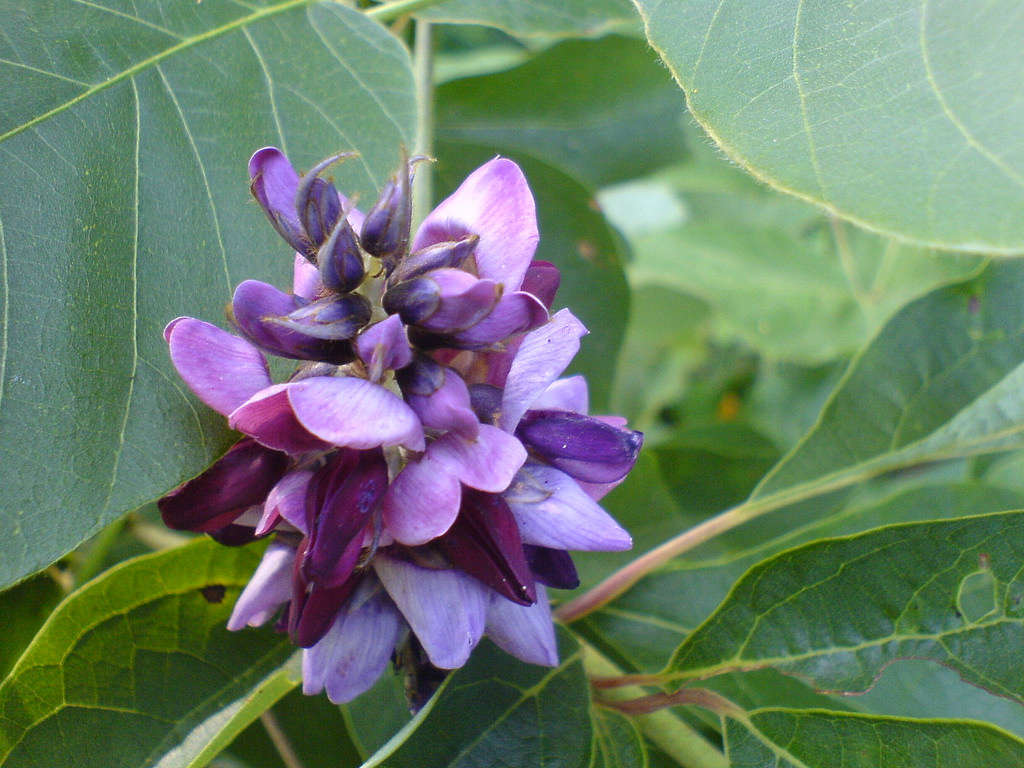With nicknames like “the vine that ate the south,” kudzu is a force to be reckoned with. Introduced to the United States in 1876 at an exposition in Philadelphia as an ornamental plant, and later embraced by farmers in the Southeast for erosion control and animal grazing, kudzu has blanketed more than 7 million acres in North America (mostly in the Southeast), and is expanding at a rate of more than 120,000 acres a year.
What’s a gardener to do if faced with the threat of kudzu? A Decatur, Georgia teen known as the “Kudzu Kid” is getting quite a bit of attention for developing a way to kill the aggressive vine by injecting helium into its roots without harming the surrounding plants and wildlife (see the article in Atlanta Magazine). While this method is still being tested and debated, we’ve rounded up a few ideas from the front lines.
Faced and fought kudzu yourself? Frustrated gardeners will thank you if you share your strategies (short of hair-burning chemicals) in the comments section below.
Above: As if swallowing landscapes, altering ecosystems, and marching further northward weren’t enough, kudzu may also be contributing to ozone pollution, according to a recent report from The National Academy of Sciences. Image by Reophax via Flickr.
Above: Photograph by DM via Flickr. Don’t let the sweet-smelling purple kudzu blooms fool you. This vine is voracious; it can grow up to a foot per day.
No. 1: The best kudzu-fighting strategy is to keep it off your land in the first place. If it is creeping close by, this will take very active management. Build a barrier such as a tall fence that is buried at least 4 inches underground. Like pesky children, the vines will try to climb over fences.
No. 2: Roll back invading vines to keep them from invading. Don’t break or cut them as this will stimulate more growth. Others recommend building barriers of mulch, especially grass clippings, as a deterrent. Image by dmott9 via Flickr.
Above: The kudzu vine chokes forests, literally smothering trees and other plants, preventing them from getting sunlight. It is said to be herbicide resistant, so regardless of the negative health and environmental impact, herbicides should be crossed off the list. Photograph by Ken Ratcliff via Flickr.
Kudzu is creeping into New York and Pennsylvania, and has been found as far north as coastal Canada.
No. 3: Some like to fight fire with fire and turn kudzu’s smothering technique back on itself.
No. 4: Fully cover the kudzu with grass clippings or other mulch to rob it of light and oxygen. Plastic sheeting can also be used, creating heat to kill the plant.
Above: Kudzu on a bridge. Photograph by Suzie Tremmel via Flickr.
No. 5: Resort to the farmer’s method of keeping kudzu in check: overgrazing by animals. Several cities have used goats to fight kudzu infestations. They are voracious eaters and can easily navigate hilly terrain.
Relax. There are Vertical Climbing Plants to Embrace.
Finally, get more ideas on how to plant, grow, and care for various vines and climbers with our Vines & Climbers: A Field Guide.
Additionally, get more ideas on how to successfully control or eliminate kudzu with our Kudzu: A Field Guide.











Have a Question or Comment About This Post?
Join the conversation